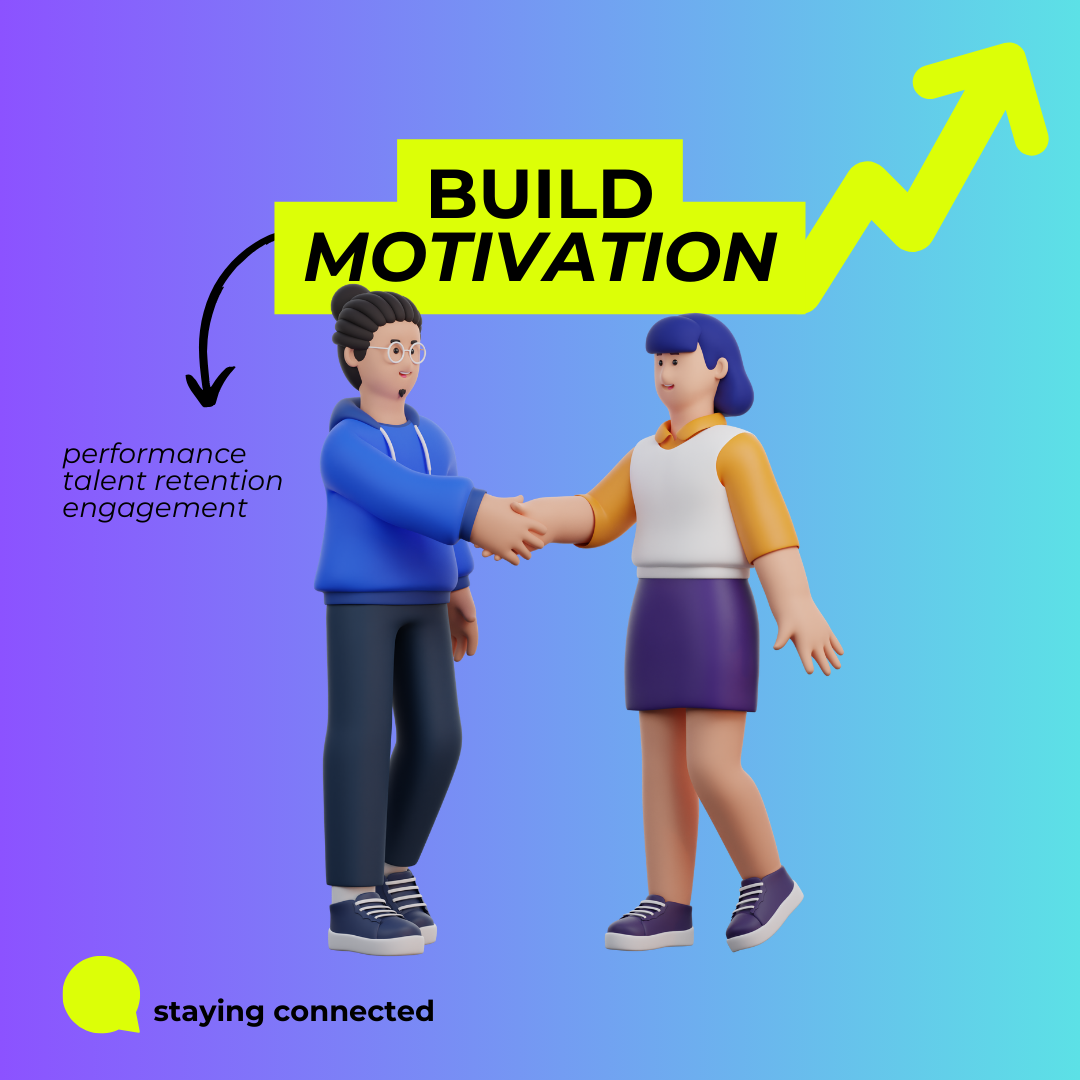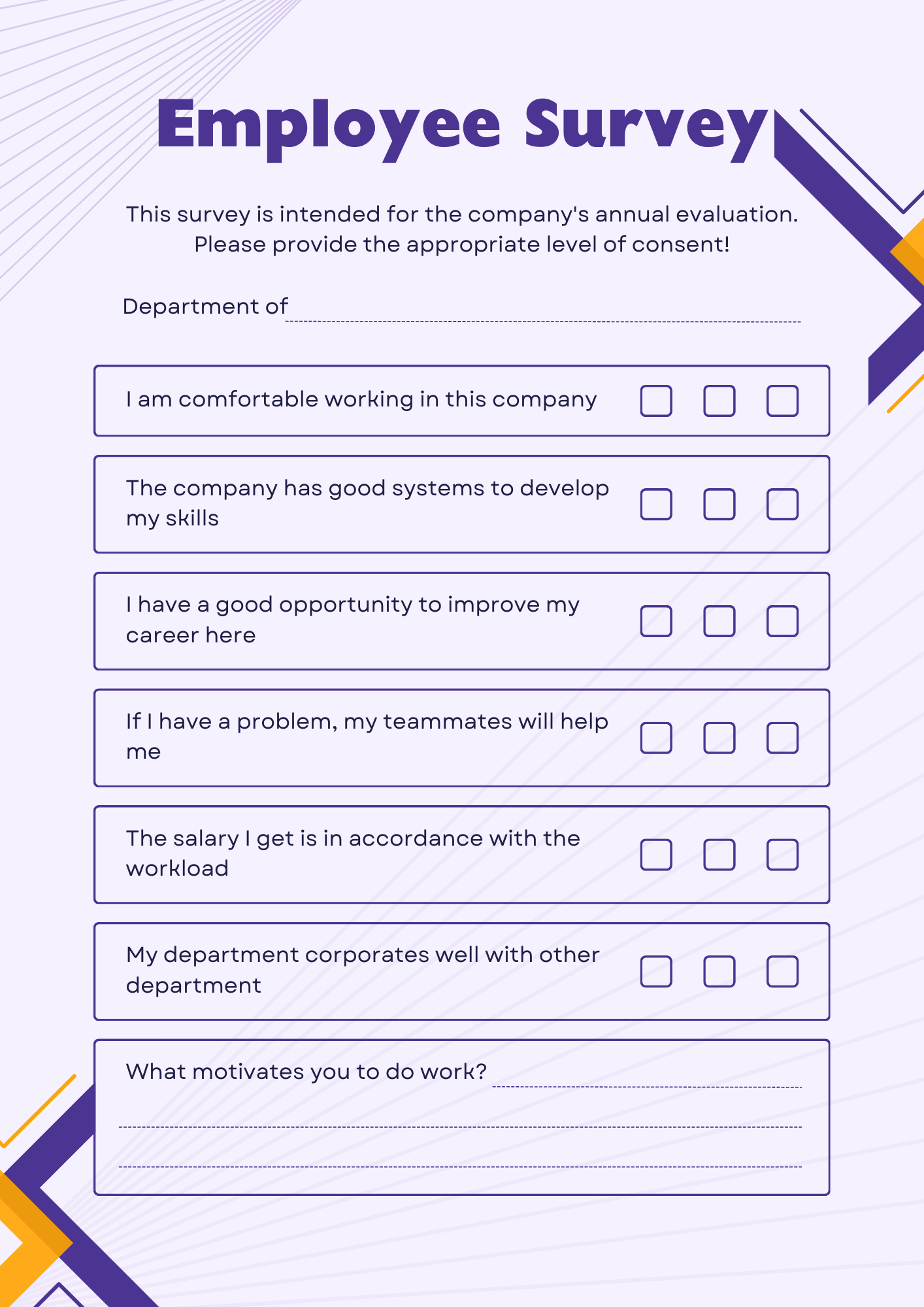How to Boost Employee Morale with Time Tracking
Tracking employee time can actually boost morale by providing transparency, accountability, and fairness. Discover how to effectively implement time tracking to improve employee morale and productivity in your workplace.

Employee morale can be the key to cultivating a supportive workplace atmosphere, boosting efficiency, and driving the overall triumph of the organization.
What is employee morale?
Employee morale refers to the attitude and feelings that employees have towards their work, company, and colleagues reflected in:
- overall job satisfaction
- inner and outer motivation
- commitment to the goals of the organization.
Why is employee morale important?
Employee morale plays a crucial role in shaping both personal and business success.
Productivity and Performance
High morale leads to increased productivity and better performance. Studies show that satisfied employees are 12% more likely to excel in their roles.
This suggests an improved quality of work, faster completion of tasks, and better customer service.
On the other hand, when employees feel dissatisfied or disengaged, they are more likely to take sick days or seek other excuses to avoid coming to work at all. In this case, the effects of declining morale extend beyond presenteeism and have a lasting impact on both employees and the productivity of the business.
Retention and Turnover
Diminished morale can lead to high turnover rates leading employees to seek employment elsewhere.
Meanwhile, replacing talented employees proves to be costly and time-consuming, and moreover, it can disrupt team dynamics.
Hence, by maintaining employee morale, organizations:
- take an effective measure against unhealthy turnover
- contribute to retaining top performers.
Reputation and Brand Image
With 73% of the World's Most Attractive Employers (WMAE) ranking employer branding at the forefront of their strategic planning, it is understandable that happy employees not only work productively but build what makes an organization's reputation and business image.
On the contrary, deterioration in morale can lead to negative reviews, complaints, and a tarnished reputation, which harms business growth and success.
How can time tracking boost employee morale?

When discussing ways to boost employee morale with time tracking, the underlying premise is that time tracking can help organizations foster a sense of belonging by making work more transparent and organized.
This sense is a significant predictor of job satisfaction, engagement, and effort, surpassing the impact of employees' views on the organizational culture or strategy.
In particular, time tracking can be helpful by:
- providing employees with more control over their work
- assisting them in effective time management
- nurturing a culture of trust and transparency.
These elements can contribute to a positive work environment and, thus, higher employee morale.
Given this focus, we're talking about leveraging time tracking technology not merely as a monitoring tool but as a strategic asset to enhance both individual and team morale.
Transparency and Trust
💡Use time tracking to ensure that employees have a transparent view of their work hours and tasks, which helps gain trust and build employees' confidence.
Identify and Eliminate Bottlenecks
💡By tracking how time is spent, you can identify operational bottlenecks hindering productivity and leading to employee frustration. 'Unmessing' these can have a direct positive impact on morale.
Fair Workload Distribution
💡Utilize time tracking data to balance workloads among team members to ensure that everyone is contributing equally: it guarantees to boost team cohesion and morale.
Celebrate Achievements
💡It is crucial that employers use performance metrics for recognition of employee achievements. It can range from acknowledging the completion of challenging tasks to mastering new professional skills. Recognition is one of the most significant morale boosters.

Provide Autonomy
💡Autonomy is the golden ticket to boosted morale! When employees have autonomy, they acquire ownership over their work. Autonomy also allows employees to tap into their creativity and come up with innovative solutions, bringing a sense of accomplishment.
Flexible Working Hours
💡When employees can enjoy flexibility in working hours, they can often manage their time and workload in a way that works best for them, leading to improved work-life balance and reduced stress.
Setting Realistic Goals
💡Time tracking can help in setting more achievable goals by providing historical data on how long tasks usually take. Setting realistic goals creates a clear path to success, increasing confidence, motivation, and overall job satisfaction for employees.

Resource Allocation
💡Accurate time tracking can inform better resource allocation. Knowing exactly how much time is needed for various tasks assists in planning and ensures that employees are not stretched too thin, thus boosting morale.
Encourage Breaks and Downtime
💡Time tracking can show if employees are working too long without breaks, which can lead to burnout. Encouraging regular breaks based on this data can help maintain employee morale.
Feedback Mechanism
💡Time tracking can serve as a built-in feedback mechanism. Weekly or monthly reviews of time tracking data offer opportunities for employees to discuss their challenges and achievements, fostering an environment of open communication and, subsequently, higher morale.
Bottom Line: How Time Tracking Contributes to Improved Employee Morale

Time tracking can give employees more control over their work
- Employees can use time tracking data to see how they are spending their time and identify areas where they can optimize their work.
- Time tracking is an effective means of helping employees to set boundaries and avoid overwork.
How time tracking can help employees to identify and manage their time more effectively
- Time tracking data can help employees understand where their time is going and identify areas where they can be more efficient.
- Time tracking can also help employees to set realistic goals and deadlines for themselves.
How time tracking can foster a culture of trust and transparency
- When time tracking is used in a transparent way, it can help to build trust between employees and managers.
- Time tracking data can also be used to identify areas where the company can improve its processes and systems.
How to measure employee morale?
Want to know the secret to a happier, more productive workforce? It starts with measuring and improving employee morale!
Here's how to do it:
- Survey says... Employee surveys are a great way to get a pulse on morale. Ask questions that dig deep into job satisfaction, engagement, and overall feelings about the workplace.

- Data dive: Look beyond survey responses. Review performance metrics, training participation, absences, grievances, and time tracking data to identify patterns and trends that can inform your approach to boosting morale.
- Time tracking: Use advanced time tracking software like TMetric to gather valuable insights into how employees spend their time. Identify areas where employees may be struggling or feeling overwhelmed, and use this information to make informed decisions about staffing, workflows, and resource allocation.
- Boosting morale 101: Implement strategies that show employees you care. Offer growth opportunities, recognize achievements, promote work-life balance, and create a positive work environment.
Tips for implementing time tracking effectively
- Choose a time tracking tool that is easy to use and affordable.
- Use time tracking data to identify areas where the company can improve its processes and systems.
- Be transparent about how time tracking data will be used.
- Encourage employees to use time tracking data to improve their own productivity and work-life balance by introducing PTO Module.
By following these tips, you'll be mixing and mingling a potpourri of benefits – less stress, more productivity, and offering employees a hearty helping of work-life balance to boost their morale.


